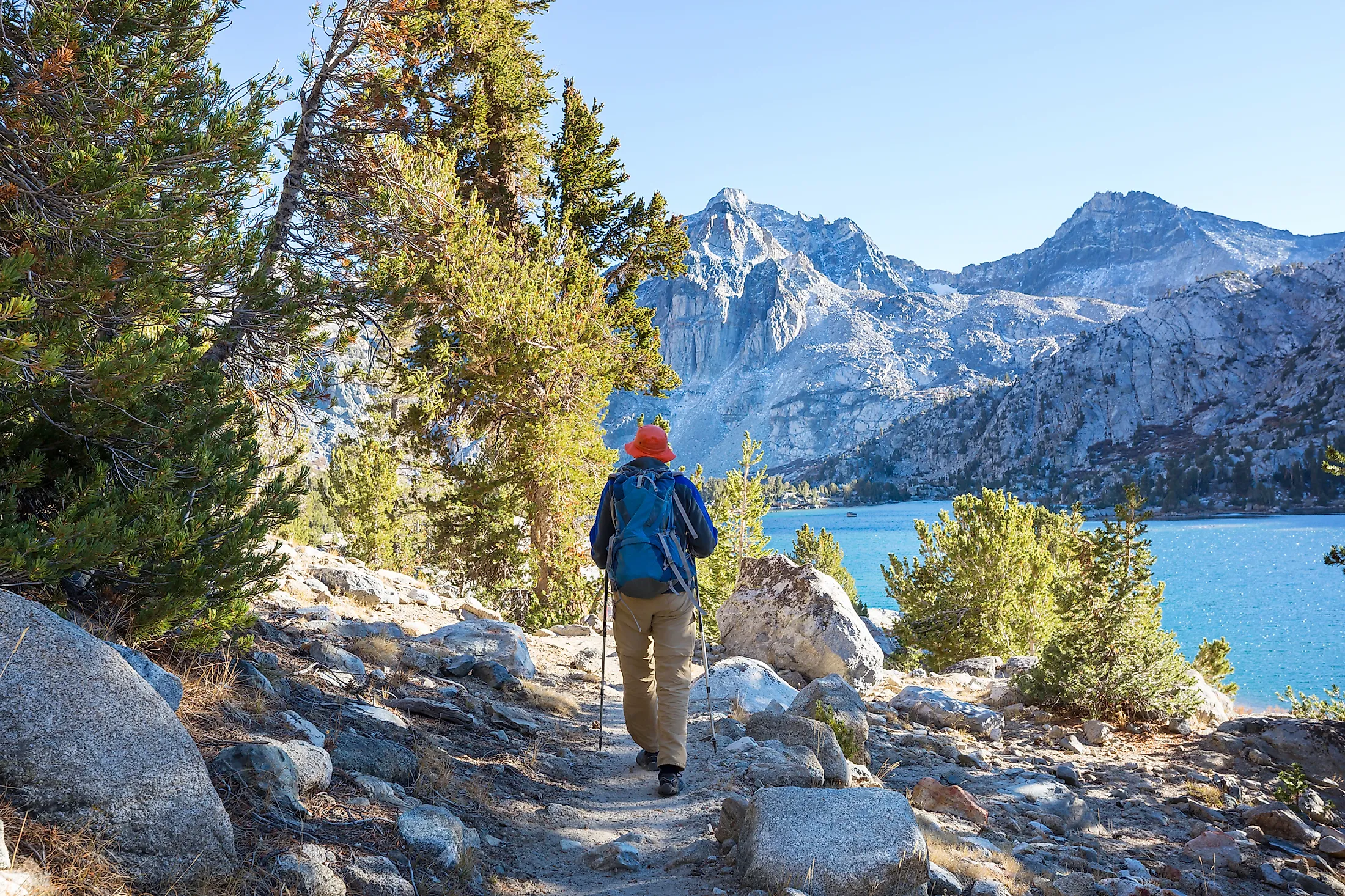
Sierra Nevada Mountains
Sierra Nevada Mountains, sometimes referred to as the “Range of Light,” is one of the most beautiful single continuous ranges in the United States. Although the Rockies is the longest mountain range in the United States, Sierra Nevada is the longest continuous and unified mountain chain. The mountain chain is located in the Western United States, mainly in California and Nevada, forming America’s “western backbone.”
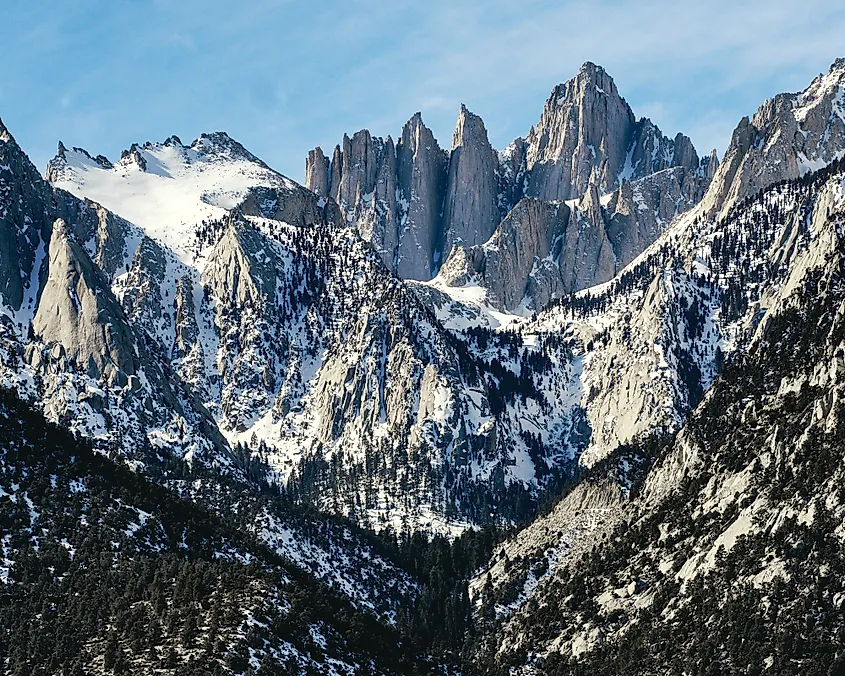
The Sierra Nevada stretches 640 kilometers the Great Basin and Central Valley of California.
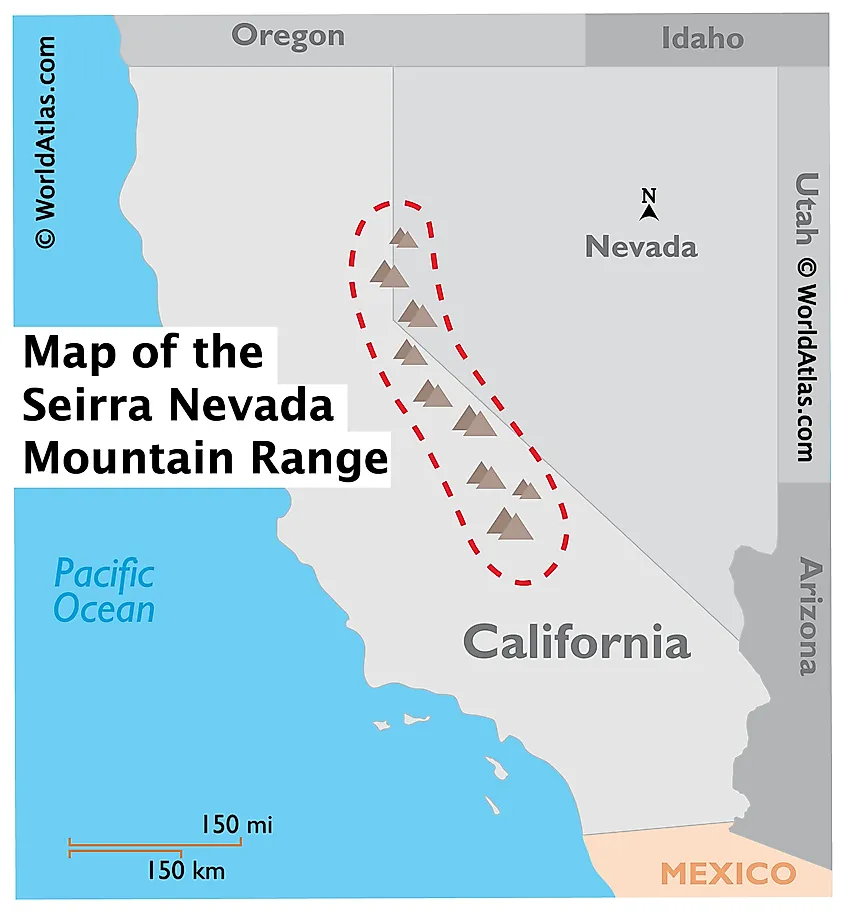
It hosts the highest peak in the contiguous United States, Mount Whitney, which rises 4,421 meters above sea level. However, only five peaks rise over4.300 meters above sea level. The mountain range was the site of the California Gold Rush in the mid-1800s. The range is home to sequoias, the world’s largest tree.
Geography Of The Sierra Nevada
The Sierra Nevada straddles the Western United States, with a large portion covering central and eastern California, with the small Carson Range extending into western Nevada. The Basin and Range Province flank the Sierra Nevada on the east, with the Central Valley of California on the west. The Mojave Desert borders the mountain range on the southeast. The Sierra is 640 kilometers long from north to south, 110 kilometers wide, and occupies an area of approximately 63,100 square kilometers. Besides the giant sequoias, other notable features within the range include Yosemite Valley, Hetch Hetchy Valley, Kern Canyon, Kings Canyon, Lake Tahoe, and several long rivers.
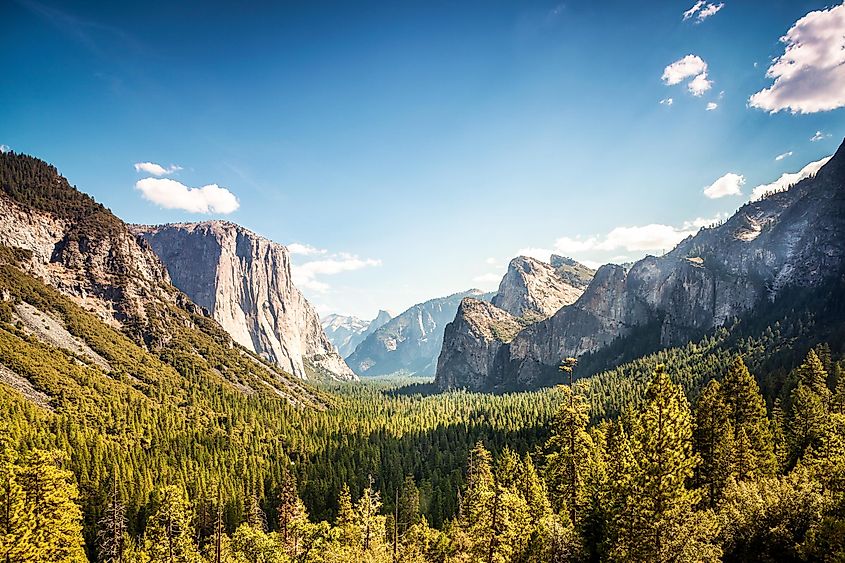
The Sierra Nevada has a magnificent skyline, making it one of the most beautiful physical features in North America. The range’s elevation increases gradually eastwards, from 500 meters to over 4,300 meters. The northern portion has slightly lower summits, with peaks reaching a height of 2,130-2,740 meters. The peaks located between Lake Tahoe and Fredonyer Pass have an average elevation of 1,500-2,700 meters. The range rises over 3,900 meters further south, with Mount Lyell in Yosemite National Park as the highest peak at 3,999 meters. It rises over 4,300 meters near Bishop, California, and over 4,400 meters in Lone Pine, with Mount Whitney as the tallest peak, at 4,421 meters.
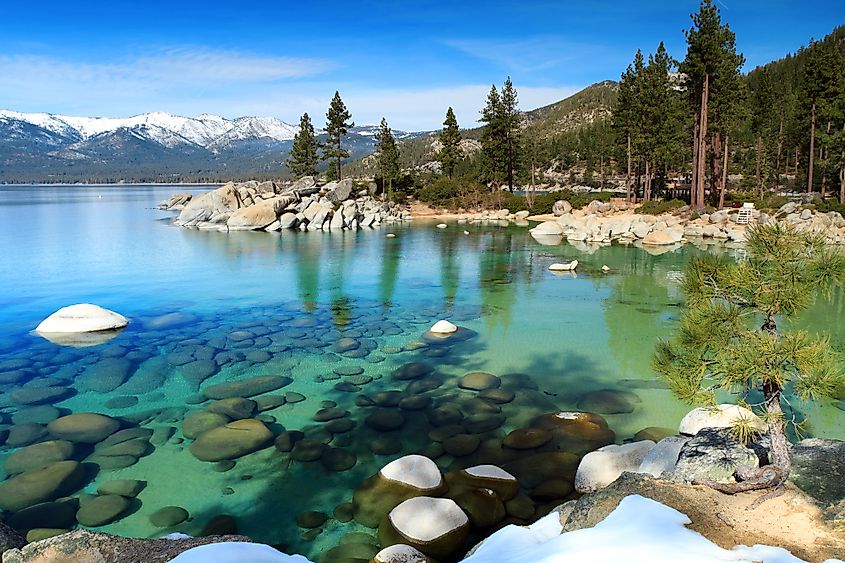
The Sierra Nevada is part of the American Cordillera and is drained by several rivers discharging into the surrounding water bodies. The Central Valley watershed drains the western slope and feeds into the Pacific Ocean. The San Joaquin River and its tributaries drain the middle third of the west slope and empty into the Suisun Bay at San Francisco. Sacramento River watershed drains the northern third, while Kern, Tule, Kaweah, and Kings Rivers drain the southern third and feed into Tulare Lake. The waters from the eastern slope mainly discharge into the Great Basin, with rivers draining east Sierra comprising Susan, Truckee, Carson, Walker, and Owen Rivers. Most eastern rivers feed into the nearby lakes, including Honey, Pyramid, Walker, and Mono Lakes.
Geology Of The Sierra Nevada
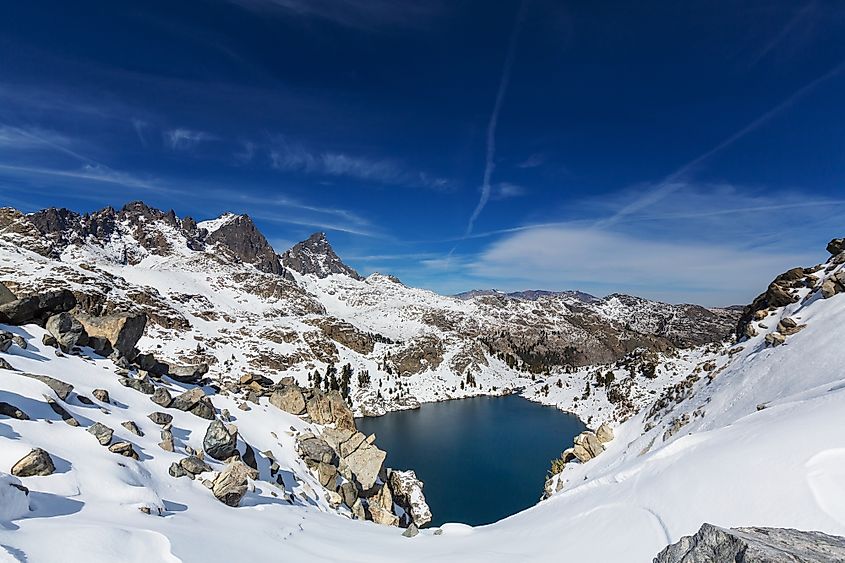
The Sierra Nevada was formed by the uplifting, upfaulting, and tilting of the Earth’s block or crust millions of years ago. The block is bounded in the east by a fault zone, along which the mountain range was uplifted. This major fault zone is also responsible for Sierra Nevada’s asymmetric shape. The block was uplifted abruptly, with the erosive agents like wind, rain, frost, temperature change, and ice cutting the eastern escarpment. Although the uplifting began millions of years ago, the major events that shaped the Sierra Nevada took place about two million years ago. The events were associated with the crustal extension of the Basin and Range Province. The oldest rocks in the Sierra Nevada are the metasedimentary rocks, which comprise schists, marbles, slates, and hornfels. Granite rocks began forming in the Triassic period and are found mostly on the north and crest’s east.
Climate In The Region
Sierra Nevada’s proximity to the Pacific Ocean and its mid-latitude location is responsive to the mild mountain climate experienced in the region. California's Mediterranean climate also influences the Sierra Nevada's weather patterns. Winter temperature below -18 degrees Celsius is common in the valleys and rare on the mountain slopes. The summer days are generally dry, with short periods of thunderstorms in the afternoon. The summer temperatures average 6-32 degrees Celsius. Winters are generally cool, with temperatures low enough to sustain the heavy snow.
Precipitation varies by year and ranges from 510 mm in the foothill zone to over 2,400 mm in the range’s northern half. Precipitation falls mainly in the form of snow. Precipitation is lowest on the leeward slope, especially the crest of the western slope. The heavy snowpack is the main water source for home use ad electric power generation in California. The range’s height and Sierra Escarpment’s steepness produces “Sierra Rotor,” a wind phenomenon causing the atmosphere to rotate horizontally. Sierra Nevada’s complex weather patterns like microbursts and downdrafts have caused several plane crashes. The “Nevada Triangle” has caused about 2,000 plane crashes, making it as dangerous as the “Bermuda Triangle.” The Pacific High anticyclone dominating the range’s wind pattern is strongest during the summer season.
Plant And Animal Life In The Sierra Nevada
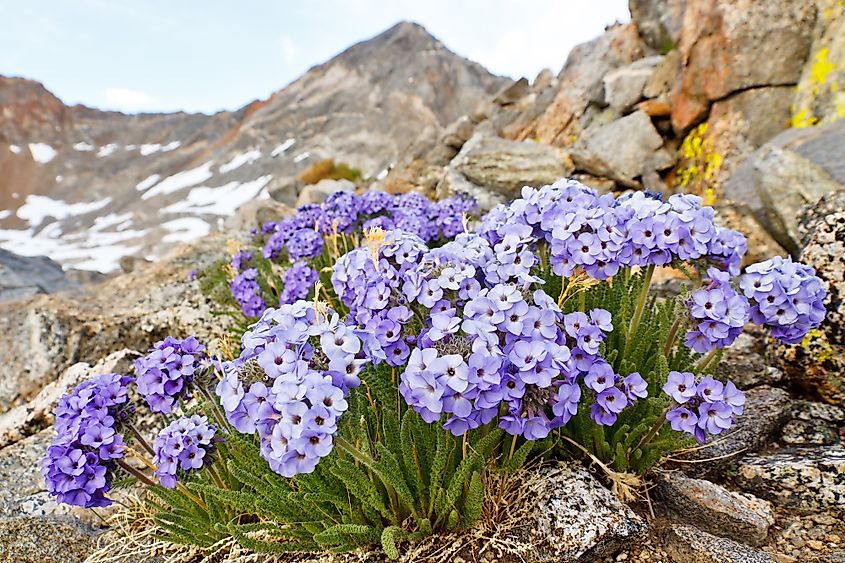
The Sierra Nevada has several biotic zones that support several plants and animal species. These biotic zones include the western foothill, pinyon pine-juniper, lower montane forest, upper montane forest, subalpine zone, and alpine region. The west slope is divided into five vegetation zones. Live oaks, shrubs, and deciduous trees grow on the lower foothills, while the upper foothills contain ponderosa pine, black oaks, and incense cedar. The montane forest is the main commercial timber source and contains red fir, Douglas fir, Jeffrey pine, and the giant sequoia. The subalpine zone hosts the Sierra juniper, lodgepole pine, western white pine, and mountain hemlock, while lichens, mosses, and alpine flowers grow in the Alpine forest. The eastern slope supports plants like bitterbrush, pinon pine, juniper, and aspen.
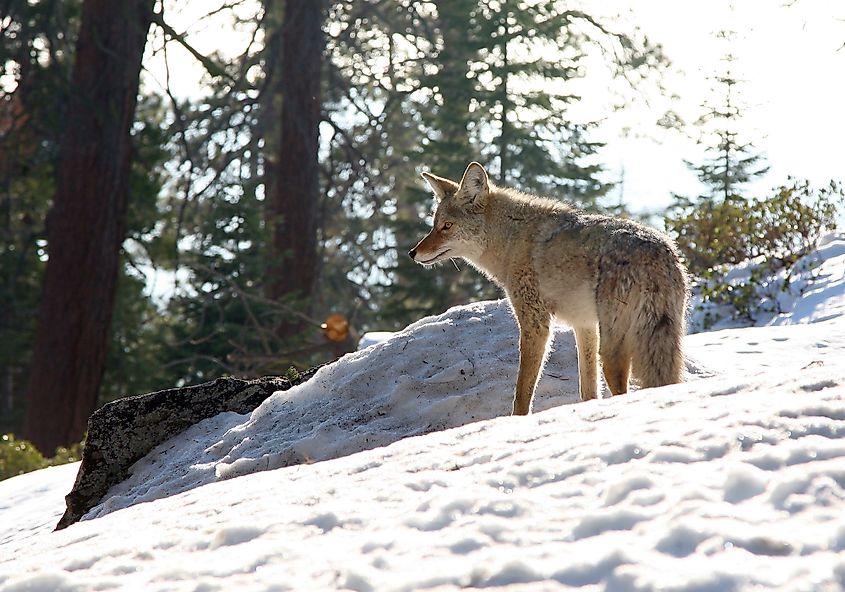
Several mountain animals live in the Sierra Nevada region, though their numbers have diminished over the last two centuries due to increased human activities. The foothills are home to mule deer and mountain lions. Mountain sheep are mainly common in the southern portion of the range. Black bears and grizzly bears are found throughout the mountain range. Small mammals inhabiting the forest include bobcat, American badger, golden beaver, striped skunk, and the northern flying squirrels. The Sierra Nevada also has plenty of birds, including California horned lark, brewer blackbird, California quail, spotted owl, and mountain chickadee. The streams flowing from the Sierra also contain several fish species, including trout.
Much of the range is a protected area, comprising three national parks-Sequoia, Kings Canyon, and Yosemite. Besides the national parks, there are two national monuments and ten national forests. The protected areas contain twenty-six wilderness areas covering 15% of the range’s total area. More than half of the range’s land is controlled by the Bureau of Management and the US Forest Service.
Brief History
The Martis people inhabited the northcentral parts of Sierra Nevada as early as 3,000 BCE. The Northern Paiute tribes inhabited the eastern side, while the Sierra Miwok and Mono tribes lived on the western slopes. The southern area was inhabited by Tubatulabal and Kawaiisu tribes. The exploration of Sierra Nevada began around 1827 with the American mission. The first Americans to explore the mountains were led by Jedediah Smith. In 1833, Joseph Reddeford Walker led the Bonneville Expedition in finding a route to California.
Perhaps the California Gold Rush is what made the Sierra Nevada famous. The gold began in 1848 when James Marshall discovered a shiny object at Sutter’s Mill. By March 1848, rumors about the gold discovery had spread across San Francisco. President James Polk confirmed the discovery of the precious stone in December 1848. Soon after, hundreds of people from all over the world moved to Gold Country of California to mine the newly discovered gold. By 1853, most gold had been mined from easily accessible areas. Further extraction became more difficult, discouraging miners from exploring other areas. By 1855, over 300,000 people had arrived in California to seek gold. The immigrants outnumbered the Native Americans, forcing some natives to attack the miners. However, most of them were killed and slaughtered.
Ten Highest Peaks
| Peak Name | Height in Meters | Height in Feet |
| Mount Whitney | 4,419 | 14,498 |
| Mount Williamson | 4,381 | 14,373 |
| North Palisade | 4,341 | 14,242 |
| Mount Sill | 4,314 | 14,153 |
| East Williamson Horn | 4,300 | 14,108 |
| Mount Russell | 4,294 | 14,088 |
| Polemonium Peak | 4,292 | 14,080 |
| Split Mountain | 4,285 | 14,058 |
| Mount Langley | 4,275 | 14,026 |
| Mount Tyndall | 4,273 | 14,019 |











